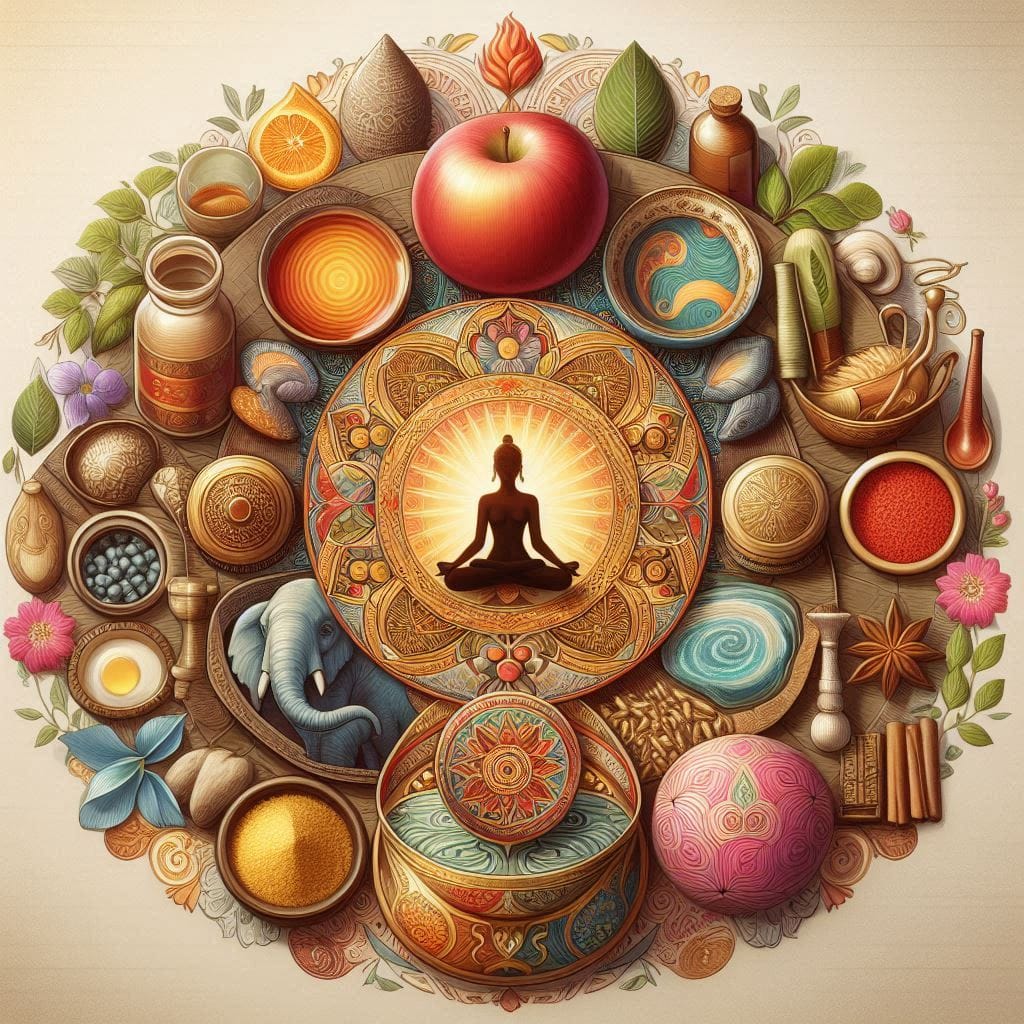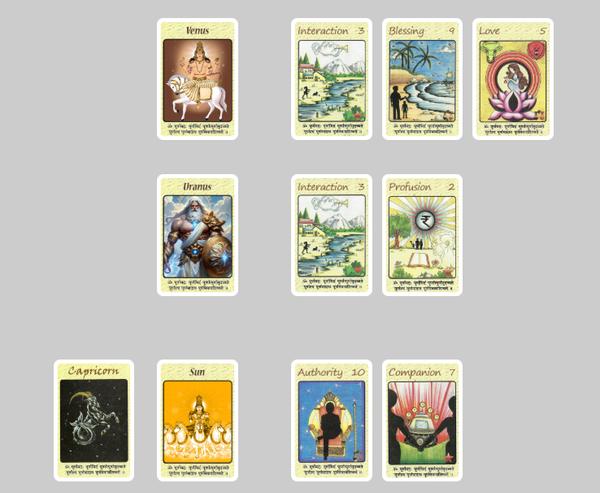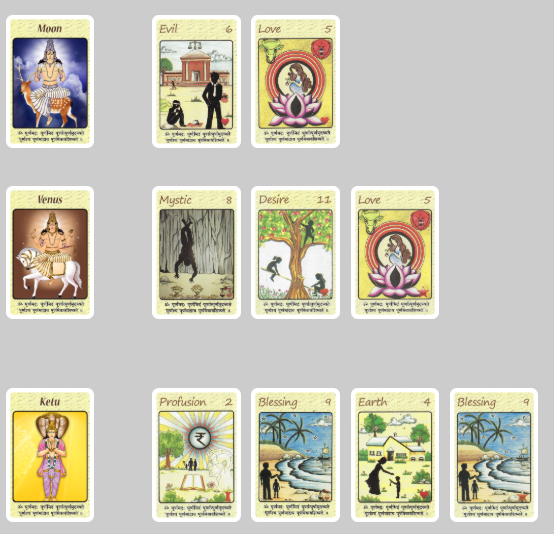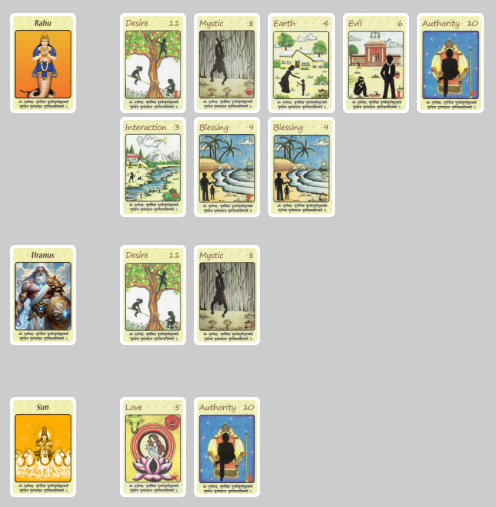The Three Doshas in Ayurveda
The three Ayurvedic doshas—Vata, Pitta, and Kapha—shape an individual's body, mind, and emotional tendencies, influencing digestion, metabolism, and overall health. #Ayurveda #DoshaBalance #HolisticHealth #AncientWisdom #MindBodyHarmony #OccultSanctum

Vata Dosha
Elements: Air (Vayu) and Ether (Akasha)
Qualities (Gunas): Light (Laghu), Mobile (Sara), Rough (Khara), Subtle (Sookshma), Clear (Vishada), and Moving (Chala)
Characteristics of a Vata-Dominant Individual:
Vata types typically have a lean physique with dry skin and irregular digestion. They are imaginative, quick-witted, enthusiastic, and highly adaptable. However, when out of balance, they may experience anxiety, restlessness, overthinking, and insomnia.
Emotional Tendencies: Anxiety, fear, worry, nervousness, and an overactive mind.
Primary Organs Affected: Colon, lower back, bones, joints, skin, nervous system, and circulatory system.
When Imbalanced:
An aggravated Vata leads to emotional instability, difficulty concentrating, and a sense of ungroundedness. Physically, it may cause issues like constipation, digestive irregularity, anxiety, joint discomfort, and sleep disorders.
Primary Functions: Governs movement, the nervous system, communication, and elimination processes in the body.
Pitta Dosha
Elements: Fire (Agni) with a hint of Water (Jala)
Qualities (Gunas): Sharp (Teekshna), Hot (Ushna), Fluid (Drava), Clear (Vishada), and Mobile (Sara)
Characteristics of a Pitta-Dominant Individual:
Pitta types have a medium build, warm body temperature, and sharp intellect. They possess strong digestion and a driven, goal-oriented personality. When imbalanced, they may become irritable, aggressive, overly critical, and prone to inflammatory conditions.
Emotional Tendencies: Ambition, passion, intensity, frustration, irritability, and impatience.
Primary Organs Affected: Small intestine, stomach, liver, gallbladder, pancreas, blood, and eyes.
When Imbalanced:
Elevated Pitta can result in excess heat and fiery emotions such as anger and intolerance. Physically, it may manifest as acidity, ulcers, skin rashes, inflammation, and a competitive or controlling nature.
Primary Functions: Oversees digestion, metabolism, transformation, and assimilation in the body.
Kapha Dosha
Elements: Earth (Prithvi) and Water (Jala)
Qualities (Gunas): Heavy (Guru), Oily (Snigdha), Stable (Sthira), Cold (Shita), Slow (Manda), Gross (Sthoola), Slimy (Picchila), and Smooth (Sama)
Characteristics of a Kapha-Dominant Individual:
Kapha types usually have a strong and sturdy build with smooth, oily skin and a slower metabolic rate. They tend to be calm, caring, compassionate, and emotionally grounded. However, imbalance can lead to lethargy, weight gain, emotional attachment, and respiratory congestion.
Emotional Tendencies: Contentment, love, loyalty, compassion, attachment, and possessiveness.
Primary Organs Affected: Lungs, sinuses, mucous membranes, chest, stomach, and body fat.
When Imbalanced:
Kapha imbalance can cause sluggishness, excessive mucus production, respiratory issues, weight gain, and emotional clinginess or resistance to change.
Primary Functions: Provides structure, stability, lubrication, and endurance to the body and mind.



